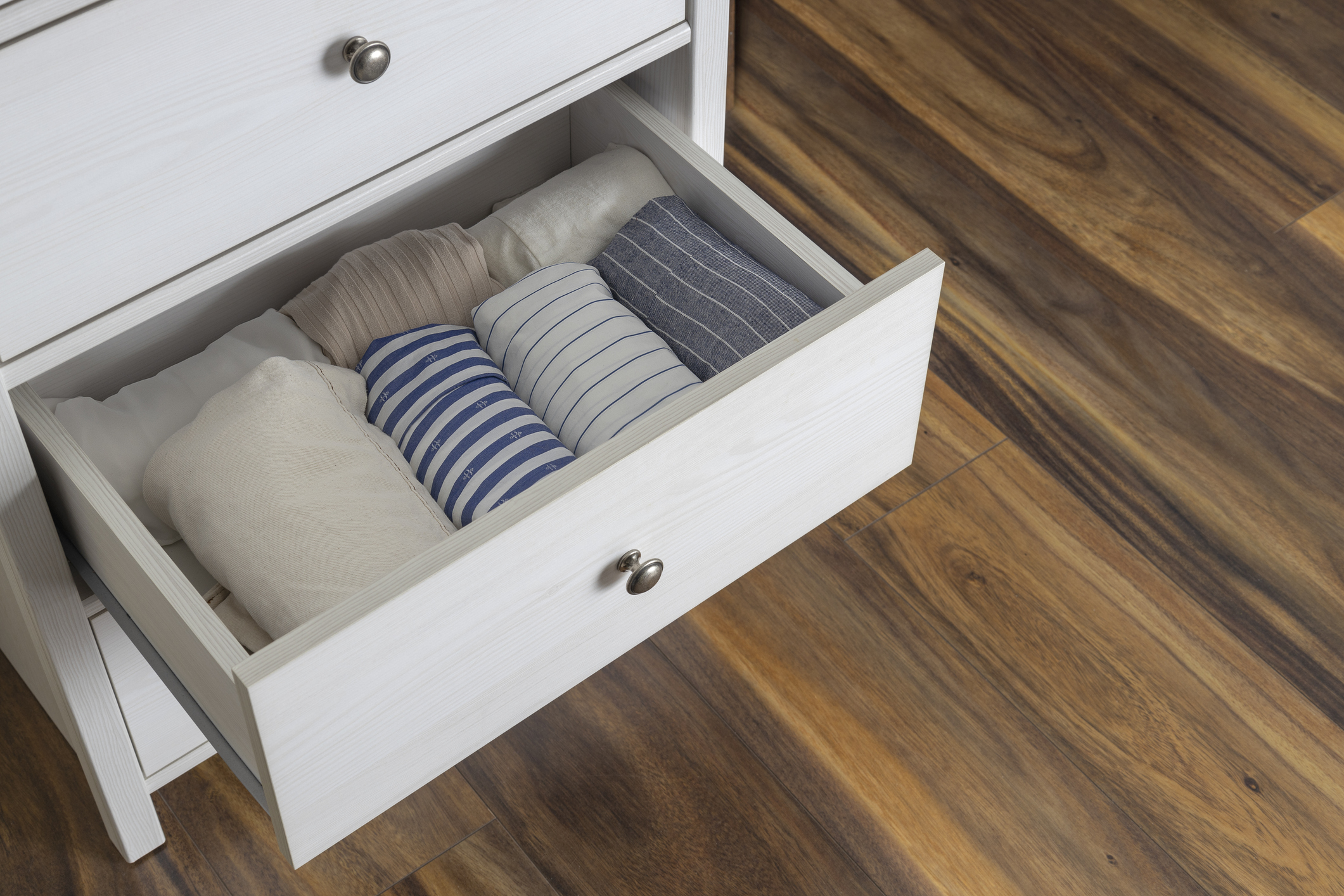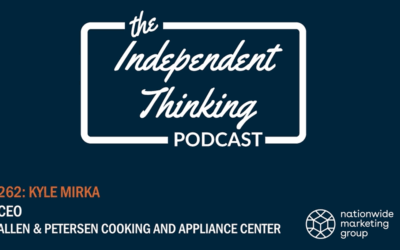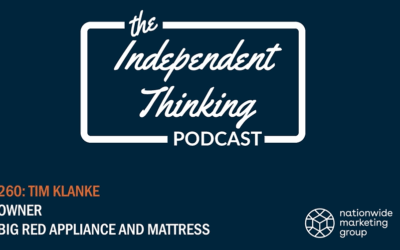You can’t have a conversation with someone in the furniture industry right now without bringing up the term “tip-over.”
To quickly catch you up, in November 2022, the Consumer Product Safety Commission, acting in response to an increase in tip-over-related incidents, published an updated tip-over testing policy for furniture manufacturers in the Federal Register — a move that gave manufacturers 180-days-notice to prepare for compliance. Meanwhile, just a few weeks later, Congress passed its omnibus spending bill that had a little piece of legislation tucked into it called the STURDY Act (short for the Stop Tip-overs of Unsteady, Risky Dressers on Youth Act). Both items, which attempt to address the same concerns about child safety and unsteady furniture, couldn’t be more different in their approaches to testing said furniture, hence the furor it’s raised within the industry.
The outcry from furniture makers has mainly been directed out just how stringent and confusing CPSC’s new testing standards are, and confusion around which standards would actually need to be followed.
STURDY, which asks CPSC to adopt an updated version of the ASTM International (American Society for Testing and Materials) voluntary standard as a new mandatory rule, asks manufacturers to simulate putting any manufactured case good on carpet and adding 60 lbs. to the extendable element most likely to cause a tip-over incident. If the unit tips over, it fails. If it stays upright, it passes. Plain and simple. The rule has the support of organizations like the American Home Furnishings Association.
With the newly-adopted CPSC standard, determining the compliance of a product requires a bit more math. The rules apply to any case good measuring 27-inches or higher, which would include things like nightstands. In testing product, the agency requires the manufacturer to add weight to the highest extendable element until the unit actually tips over. Then, based on a number of measurements, knowing where the fulcrum lies, applying several algorithms and more, the unit is given a score between 0 and 2 — anything above a 1 is considered compliant. A sticker is then required to be placed on the product that prominently displays the score it received.
Got it? If not, here’s a 15-minute video that CPSC produced to help you make sense of it all:
For products that fail to pass CPSC’s standards, weight can be added to the base of the product in order to become compliant. However, what manufacturers are discovering is that the CPSC standards are so stringent that, in some instances, over 100 lbs. needed to be added in order to make product become compliant.
As it stands, the CPSC standard is set to go into effect for product produced after May 24th. The thought was that as soon as STURDY became law, which it did at the end of December, it would supersede the updated CPSC standard, but there’s been no indication that the agency would adopt STURDY, and no action from Congress to require CPSC to adopt it.
“That causes a lot of other challenges in the delivery process, the over the road process, and it’s going to put a little bit more pressure on the retailers and their delivery teams and how they deliver and get that product into a consumer’s home,” Josh Carter, SVP of product management for Magnussen Home said during a recent call with Nationwide. “We’re seeing of upwards of 35 percent price increases coming across on some case goods between the weight that’s added and other changes that are made to things like packaging and the cost to ship.”
Needless to say, the furniture industry is hard at work trying to get Congress to clear up the confusion about the two different standards, ultimately hoping they’d require CPSC to follow the STURDY Act rather than its more-stringent and confusing standards.




